This page is more than seven years old.
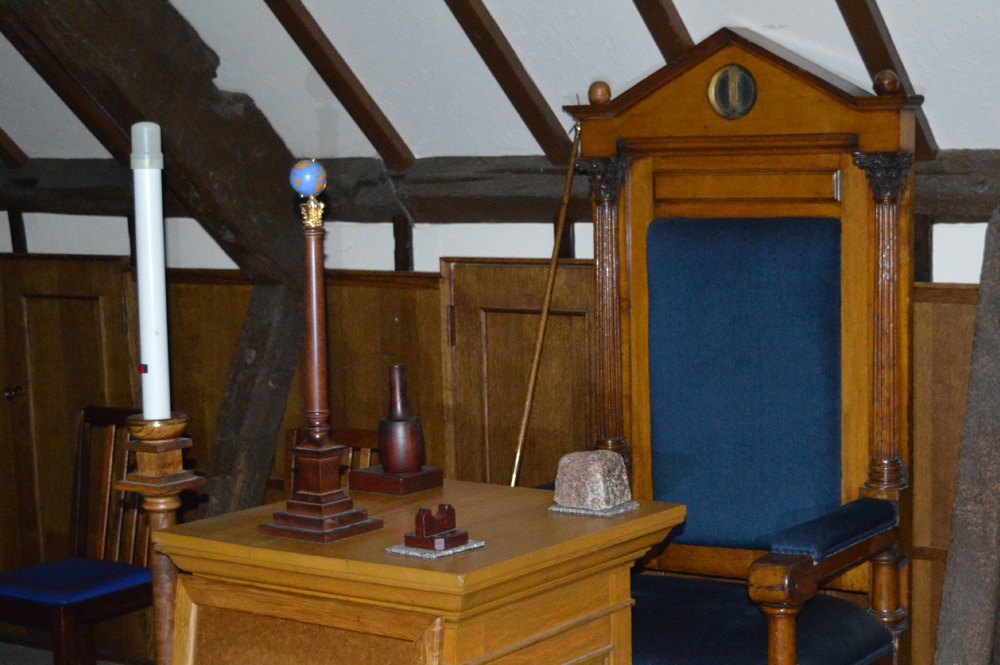
I recently got to visit a Freemasons lodge, where not only did I get the chance to nose around, I also got free run of the building allowing me to poke around and uncover the secrets of Freemasonry.
The lodge I visited was Guy's Cliffe House in Warwick. While the actual manor house is in ruins having fallen in to disrepair and been gutted by fire, the adjoining building known as St Mary's Chapel has been used by the Masons since the 1970s.
My first impressions of the grade II listed building was that it was no where near as grand as other lodges I have seen photos and videos of, but it was very atmospheric. Guy's Cliffe has dungeons, winding stair cases, creepy portraits, dark corners, creaking doors, an imposing clock tower, gothic windows and lots and lots of history.
The Freemasons have played an important role in restoring and preserving this unique property, which takes its name from the legendary Guy of Warwick, who is believed to have lived in a cave carved into the sandstone cliff that the house was built on.
The chapel was built on the site in the 15th century but was passed into private hands after King Henry VIII disbanded monasteries, priories, convents and friaries in the UK.
The building contains a few meeting rooms and communal spaces, as well as two temples, which as you'd imagine are decorated with the mythical-looking symbols and iconography you'd expect to find in a masonic lodge.
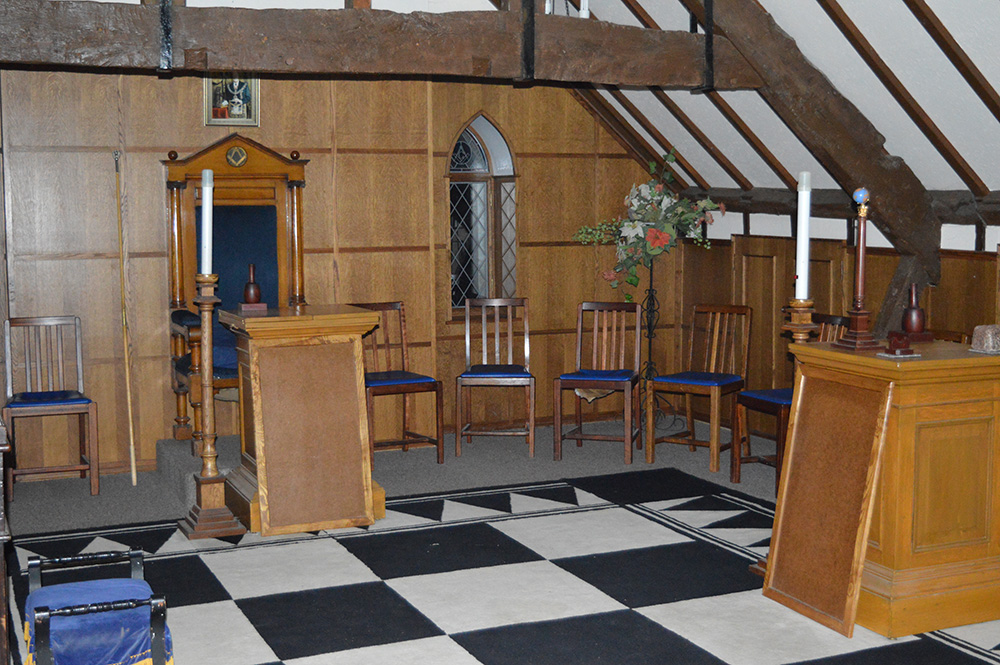
Of course as an outsider all the ritualistic paraphernalia comes across as being a bit weird, a bit dated and actually, a little bit creepy. Both of the temples were laid out in the same manner, but the upper temple, built in the buildings rafters, was a lot smaller.
Each temple has three alters, one to the south, east and west. There is no alter in the north, I think because they believe God is in the north, that's sort of his spot.
The "worshipful master," yeah, that's really what they call him, sits on the east in a thrown, his area is raised higher than the rest of the seating in the temple.
Each alter has a light on a stick, these represent the Sun, Moon, and master of the lodge. They're called lesser lights because there's also the great lights, which are the Bible, and two of the masonic symbols, the square and compass.
The lights were a bit weird, they looked like they were made out of old drainpipe and reminded me of the kind of thing you find on self-scan checkouts in supermarkets with the flashing red light on top to signal the cashier that help is required. Traditionally these would have been candles, but quite often now it seems to be electric lights, which is a bit tacky, but perhaps there's some reason behind it.
Advertisement ‐ Content Continues Below.
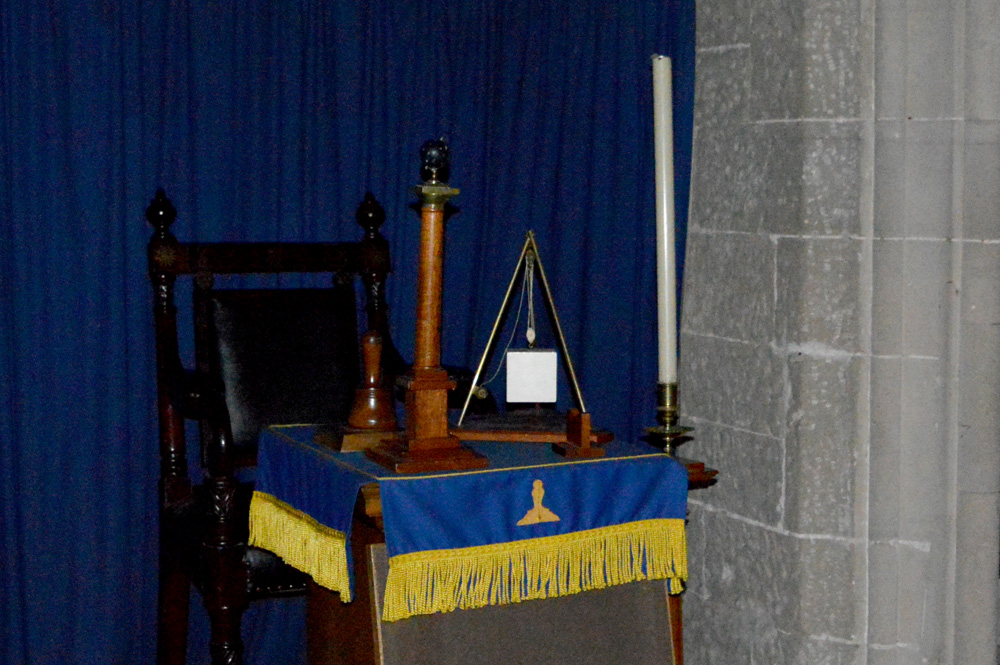
Some of the ritualistic instruments and props scattered around Guy's Cliffe House looked different to the set up I've seen in other temples, this could just be because traditions vary between lodges or perhaps the required objects vary depending upon the ritual.
During my visit the most notable objects placed on the alters, or "Tables of the Lord", were the two masonic globes on small pillars, almost like candlesticks. One of the globes is light and depicts Earth, the other is dark and depicts the heavens. They're known as the terrestrial and celestial globes. The pillars had a little wooden cradle next to them that would suggest that at some point during a ceremony, the pillars are laid down on their side.
Another prominent object on the alters was a lump of stone that sat on a marble base. The stone is a rough ashlar, it's used to represent a man with his defects before he's been bettered through his masonic career. There should also be a square ashlar, a polished stone, which looks like a perfect block to represent what he'll become, but I didn't spot that.
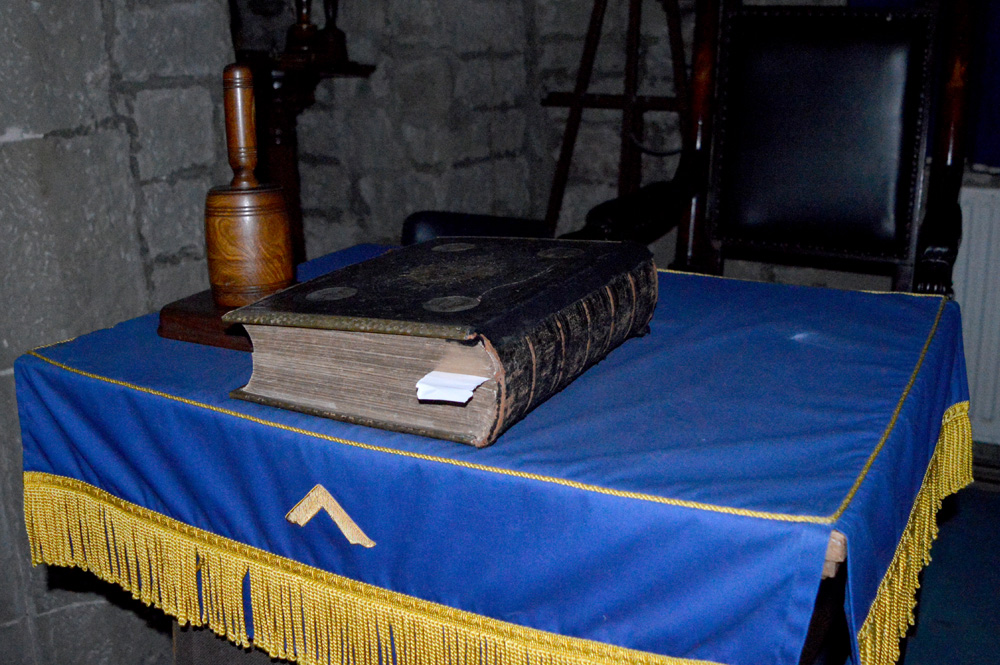
The other wooden object that looks like a bell or a gavel on the alter is called the setting maul, which is one of the working tools along with other more recognisable tools including the compass and the square which make up the familiar masonic pyramid-like logo.
The setting maul is a heavy wooden hammer with which a stonemason would knock finished stones into place when building. Although it looks like a gavel, that's not what it is used for, it is consider a symbol of violent death and is used in the initiation ceremony for third degree Masons.
Another common theme throughout the temples was the inclusion of religious symbology. Although the Freemasons aren't affiliated with any specific religion, their main requirement for new recruits is that they aren't atheist and have some belief in God, or the Supreme Architect, as they call him.
For this reason, the letter 'G' can be spotted around the temple, which stands for God. And while you won't see a crucifix, the Star of David, or a lotus flower, there are plenty of religious texts, especially old copies of the bible.
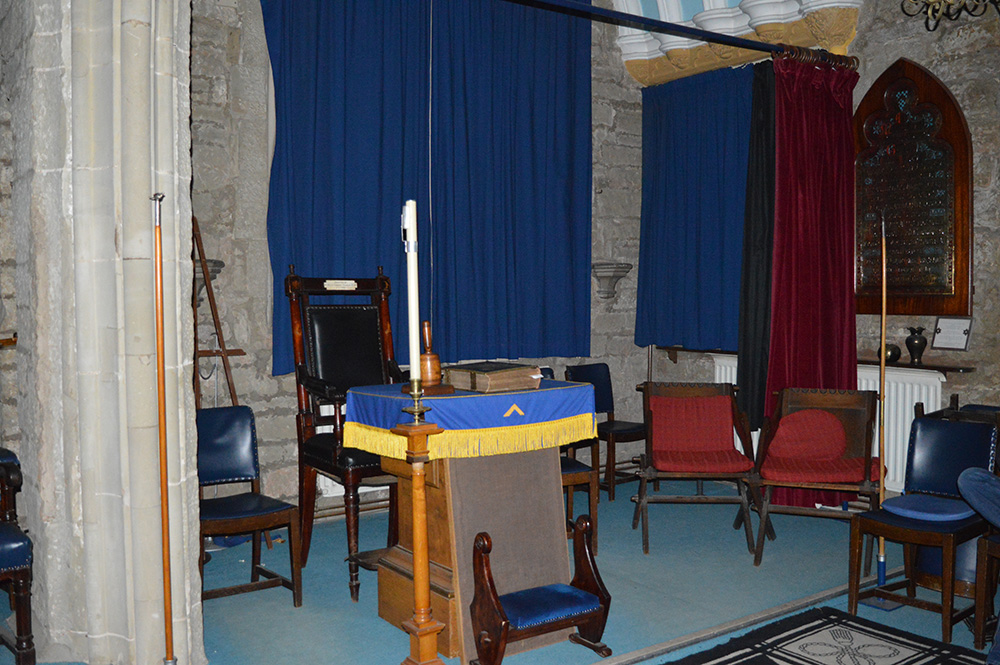
Of course all this is just my observations and could be wrong. The Freemasons say they're not a secret society, but they are a society with secrets. If you've ever been the person kept outside of a circle of friends who have a secret then you would obviously describe that circle as being secretive. So claiming they're not a secret society is a bit weak for the point of view of those of us on the outside.
However, there is quite a lot in the public domain about their traditions, rituals and beliefs, some of which I have included in this page. But it's quite hard researching something when you don't know what it is or what it's used for.
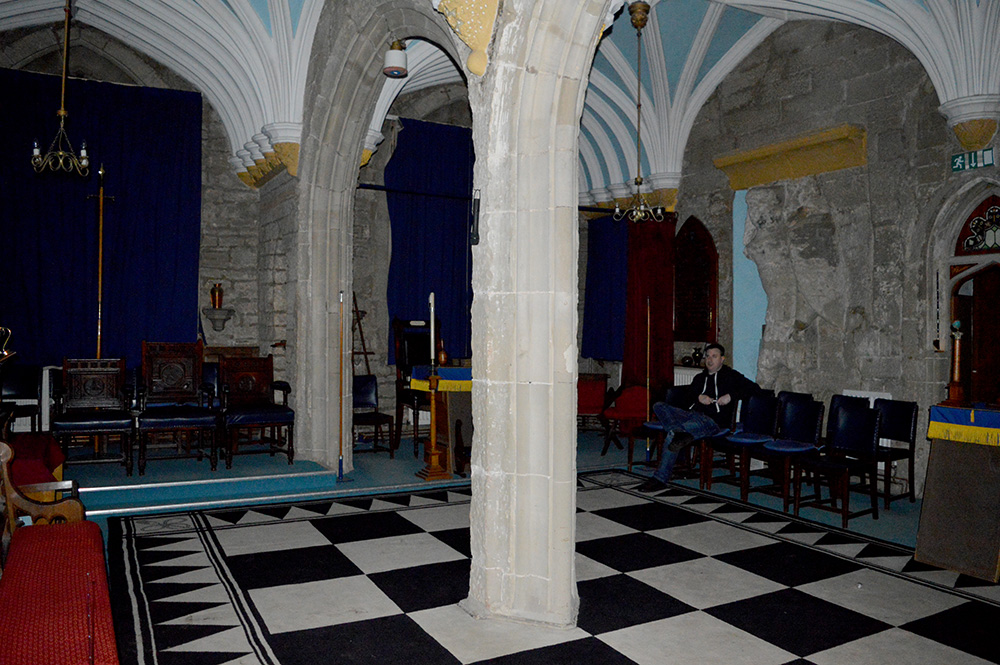
I visited Guy's Cliffe House as part of an event, we were basically allowed to explore the property, its outbuildings, dungeons and the caves beneath it at our own leisure, which was a great opportunity to explore a really historic property.
You can explore the building for yourself, Friends of Guy's Cliffe House hold regular open days which includes the chance to look around the masonic temples yourself.
Further Reading
Dive into the world of the paranormal and unexplained with books by Higgypop creator and writer Steve Higgins.

Hidden, Forbidden & Off-Limits
A journey through Britain's underground spaces, from nuclear bunkers to secret wartime sites.
Buy Now
Encounters
A historical overview of UFO sightings and encounters, from 1947 to modern government reports.
Buy NowMore Like This
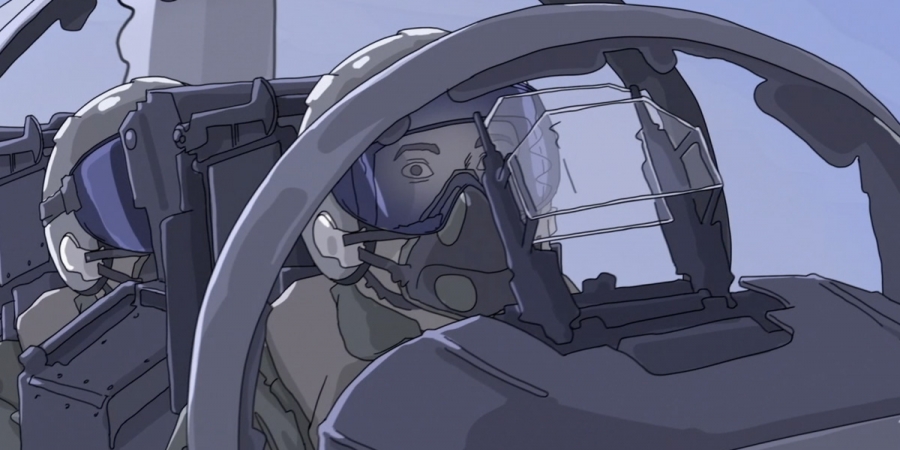
ConspiraciesDecember 22, 2024
'The Alien Perspective': The UFO Documentary That Challenges Everything
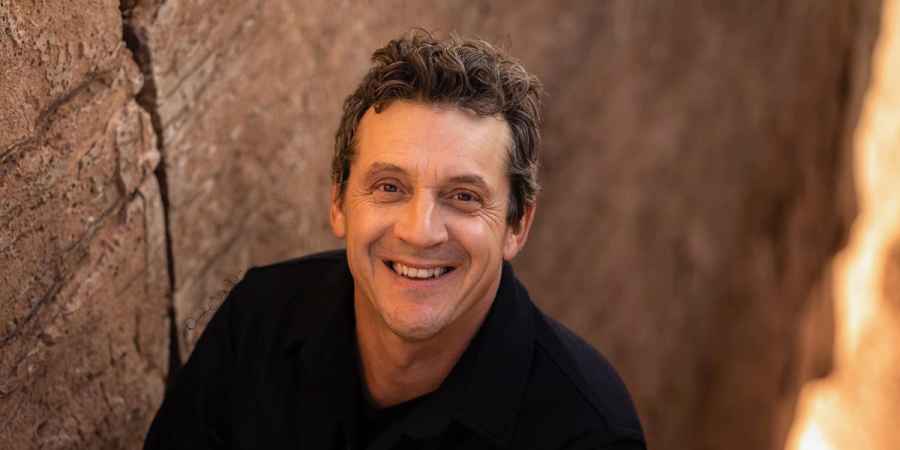
ConspiraciesDecember 18, 2024
Interview: James Fox's New Documentary 'The Program' Explores The "Unprecedented" Push For Disclosure
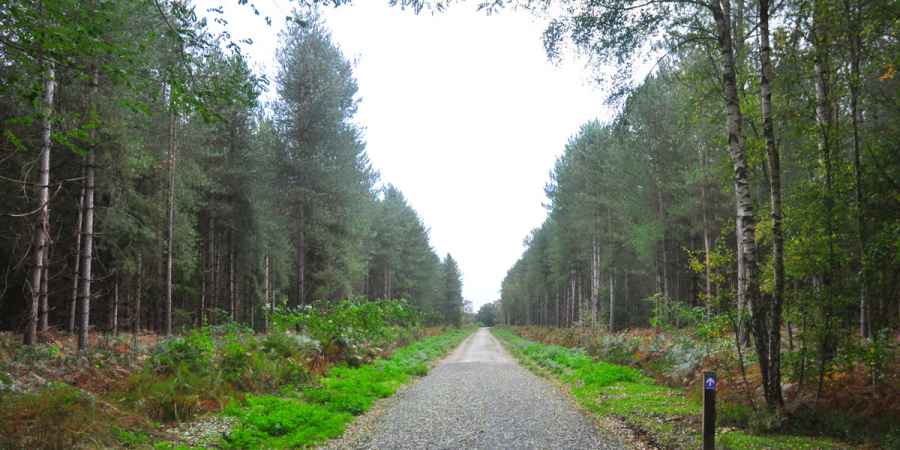
ConspiraciesOctober 22, 2024
Visiting The Location Of The Rendlesham Forest Incident
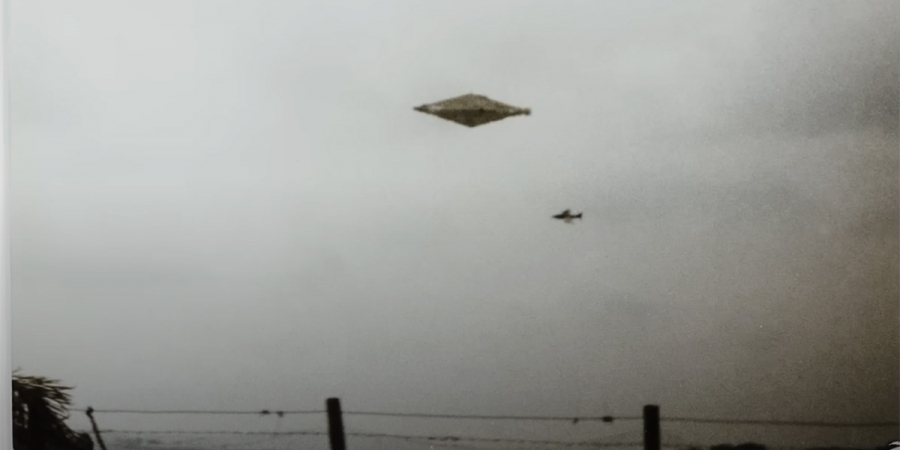
ConspiraciesOctober 09, 2024
Watch The Trailer For James Fox’s New UFO Documentary 'The Program'
 See More on Audible
See More on Audible
Comments
Want To Join The Conversation?
Sign in or create an account to leave a comment.
Sign In
Create Account
Account Settings
Be the first to comment.